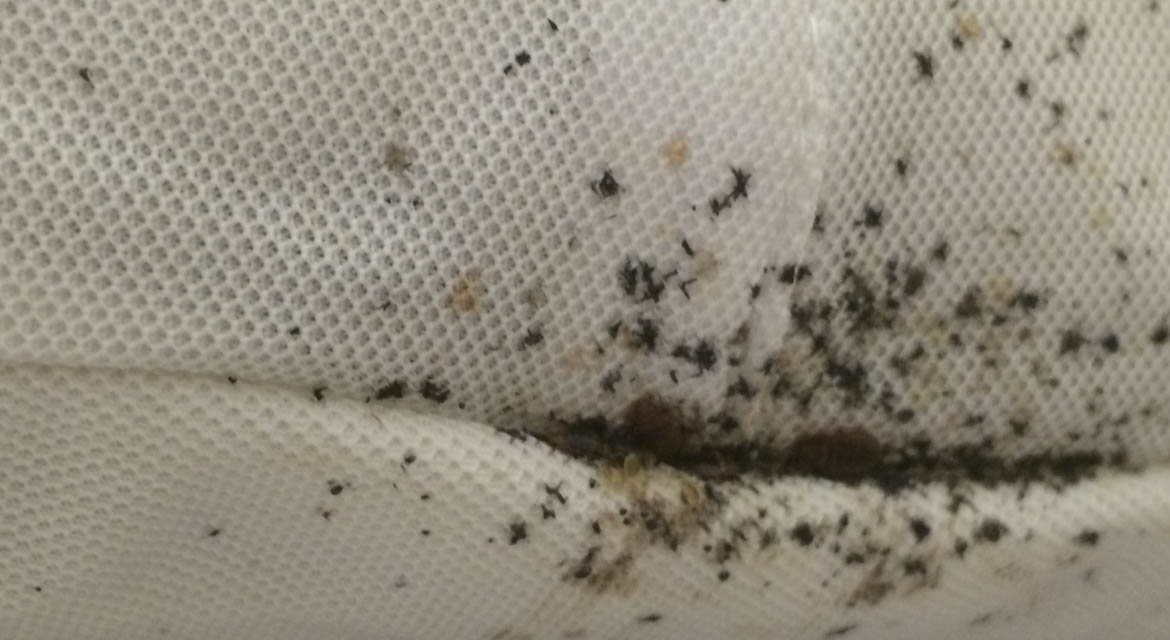Bed Bug Facts & Information
Overview of Bed Bugs
Bed bugs are small, blood-feeding insects that have been a persistent nuisance to humans for centuries. These wingless parasites are nocturnal by nature and thrive in warm, dark places, particularly in and around bedding areas, which is where they derive their name. Bed bugs feed exclusively on the blood of humans and other warm-blooded animals, typically piercing the skin with their sharp mouthparts to extract their meal. While their bites are generally not considered dangerous, they can cause itchy welts and discomfort for their hosts. Bed bug infestations can be challenging to eradicate due to their ability to hide in tiny crevices and their resistance to many common pesticides. Understanding their biology and habits is crucial for effective control and prevention measures.
What do Bed Bugs Look Like?
Bed bugs are small, oval-shaped insects with a flattened body, typically about the size of an apple seed, which ranges from 4 to 7 millimeters in length. They are usually reddish-brown in color, although their shade can vary depending on factors like their age, feeding status, and the environment they inhabit. Bed bugs have six legs and two antennae that protrude from their heads. One of their distinctive features is their segmented, straw-like mouthparts which they use to pierce the skin and feed on blood. Bed bugs also have tiny, vestigial wings that do not allow them to fly. Despite their name, they are not microscopic, and with a keen eye, you can see these pests if you carefully inspect bedding, cracks, and crevices in infested areas.

Not the pest you are looking for?
Check out our pest library to see what other pests we have articles on
Bed Bug Treatment
Bed bug treatment typically involves a multifaceted approach to effectively eliminate infestations. Initially, it’s essential to thoroughly clean and declutter infested areas to reduce hiding spots. Vacuuming can help remove live bugs and their eggs. Washing and drying infested bedding and clothing at high temperatures can kill bed bugs. Chemical treatments, such as insecticides, may be applied by professionals in targeted areas. Heat treatments, where specialized equipment raises the temperature to lethal levels for bed bugs, are also effective. Additionally, sealing cracks and crevices, using mattress and box spring encasements, and practicing vigilant hygiene can prevent future infestations. Successful bed bug treatment often requires persistence and, in severe cases, professional pest control assistance to ensure complete eradication.

